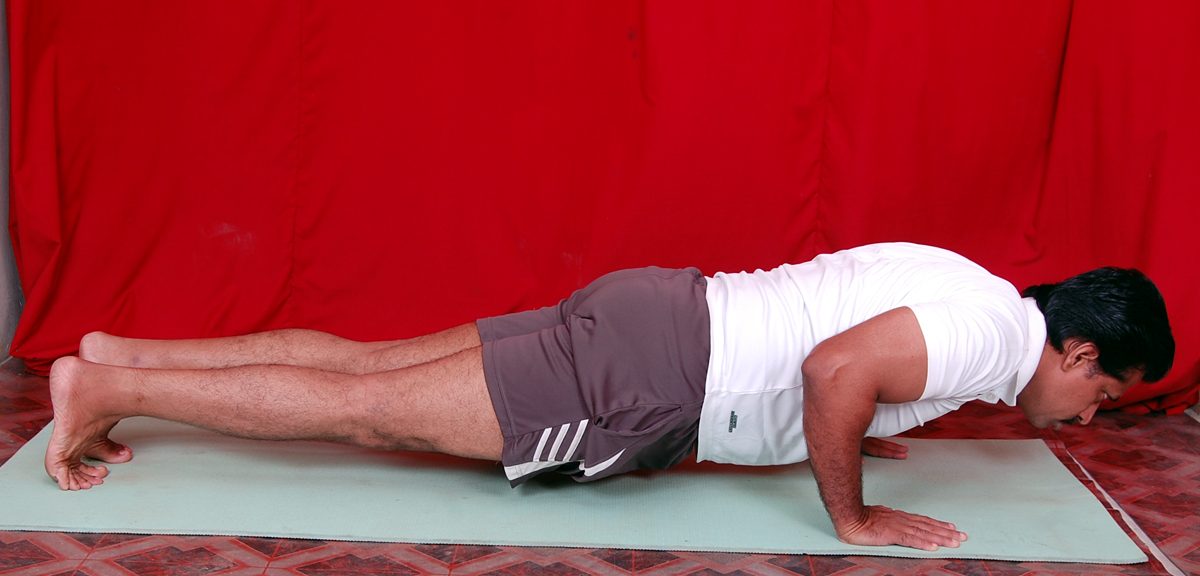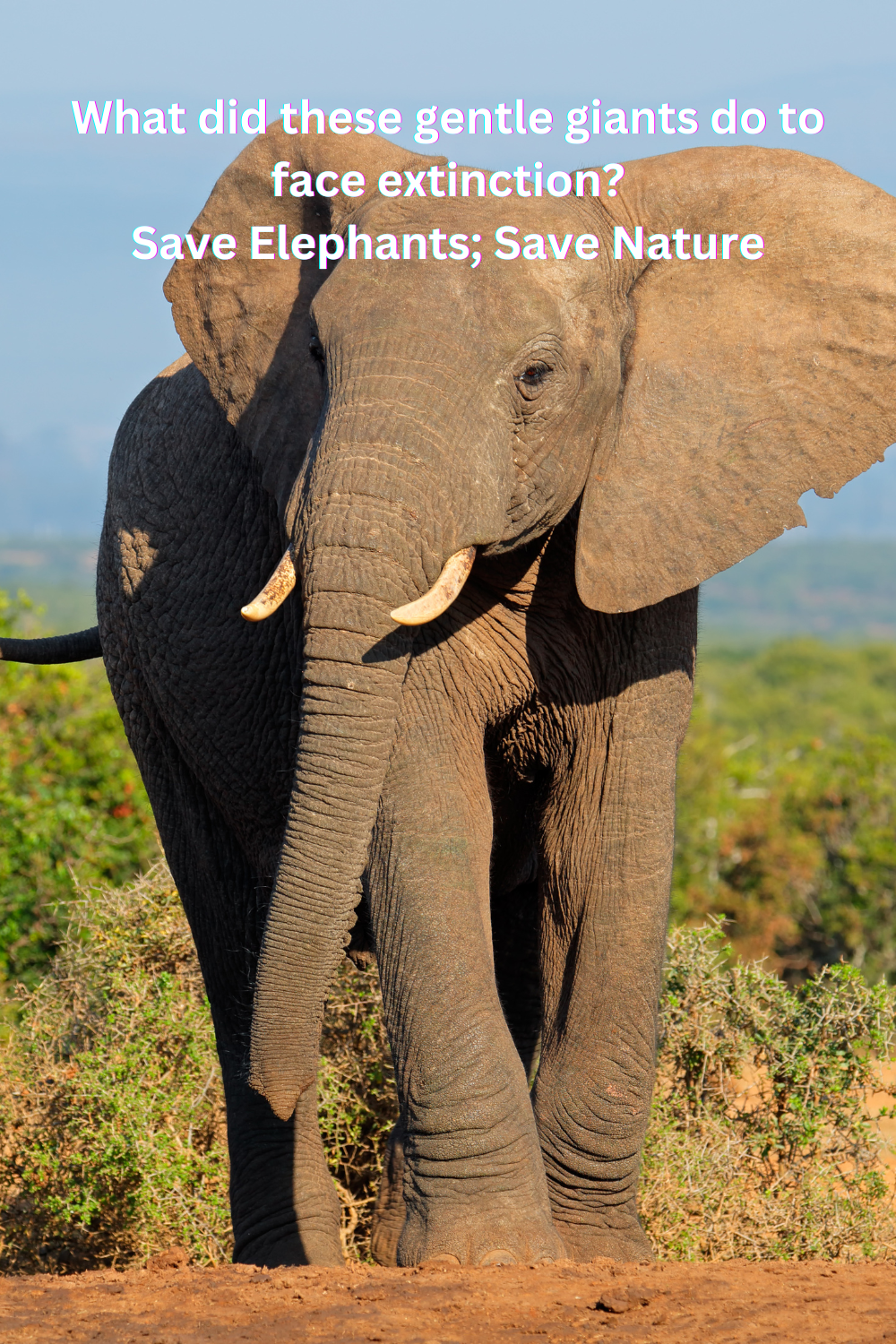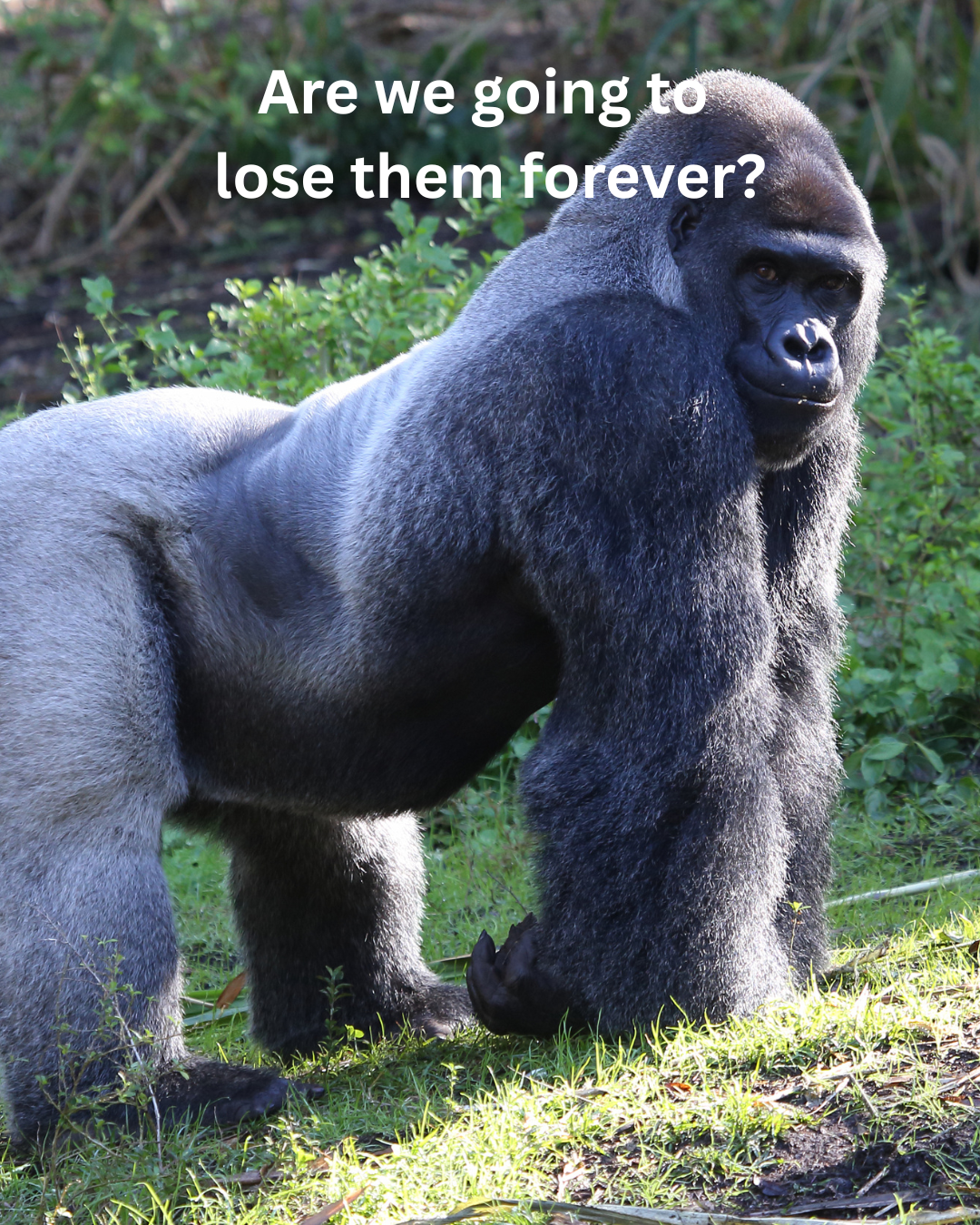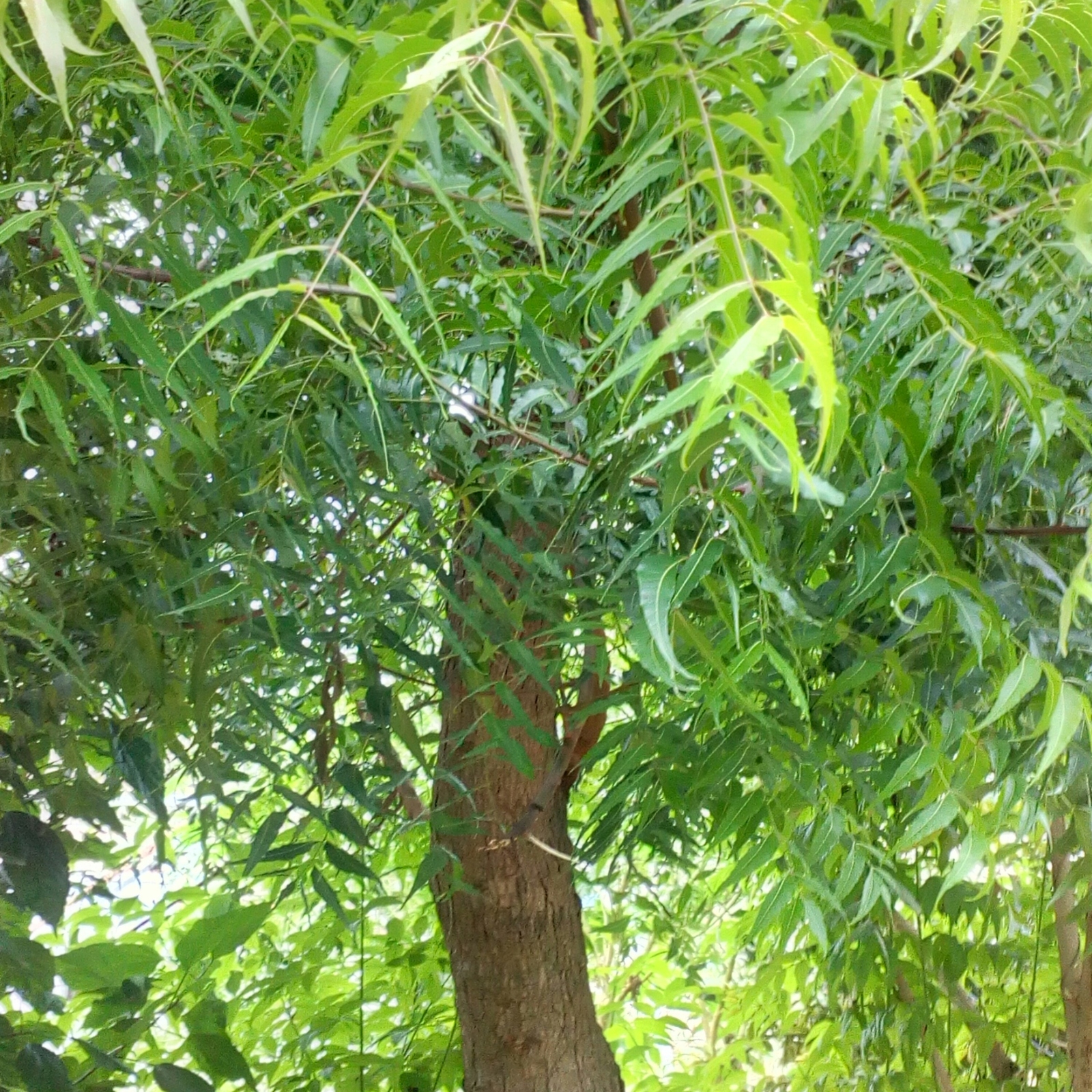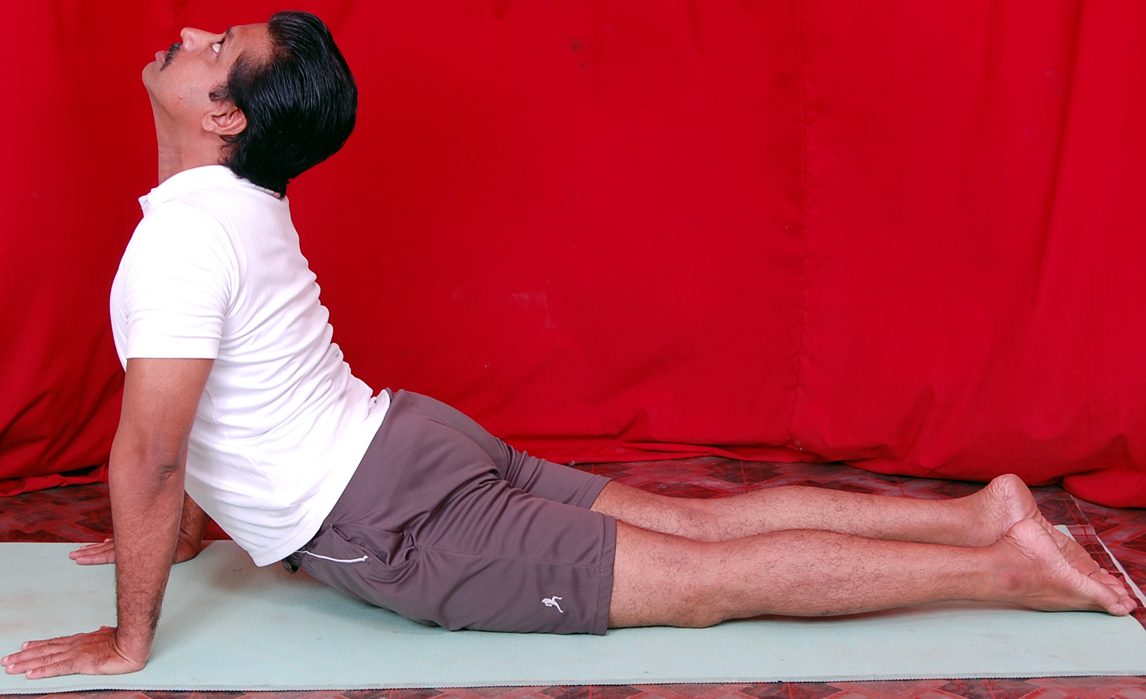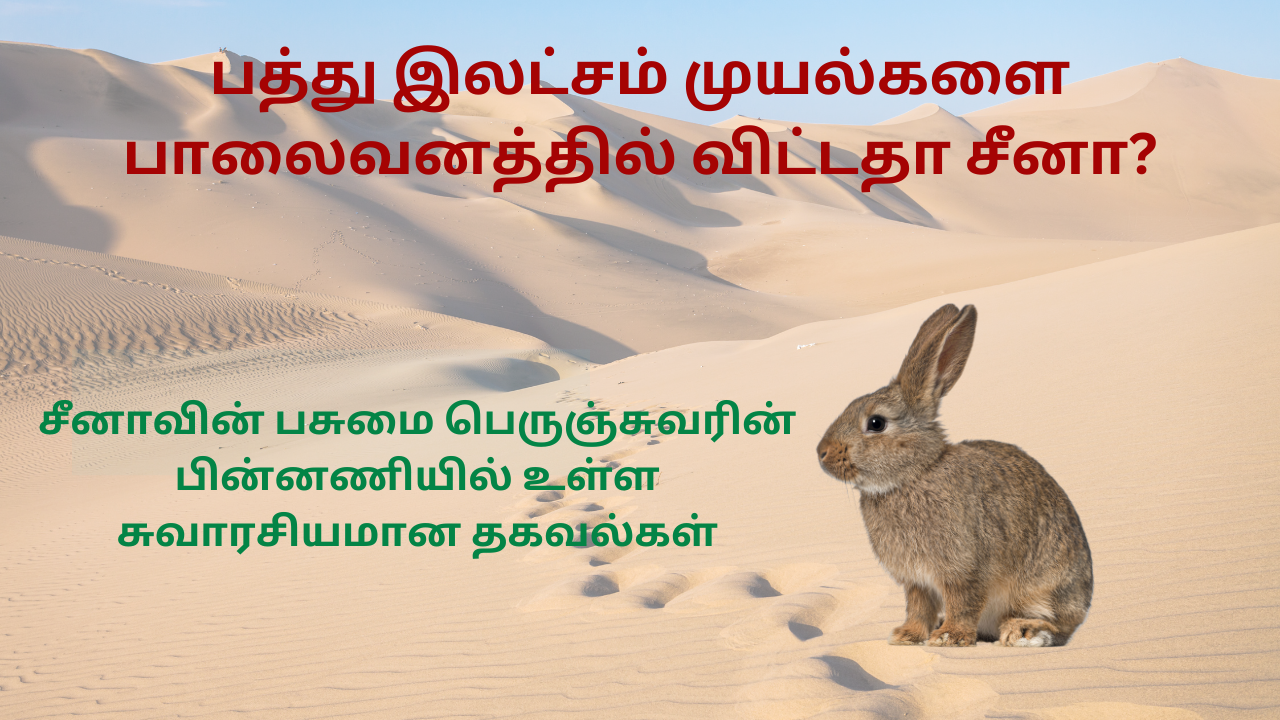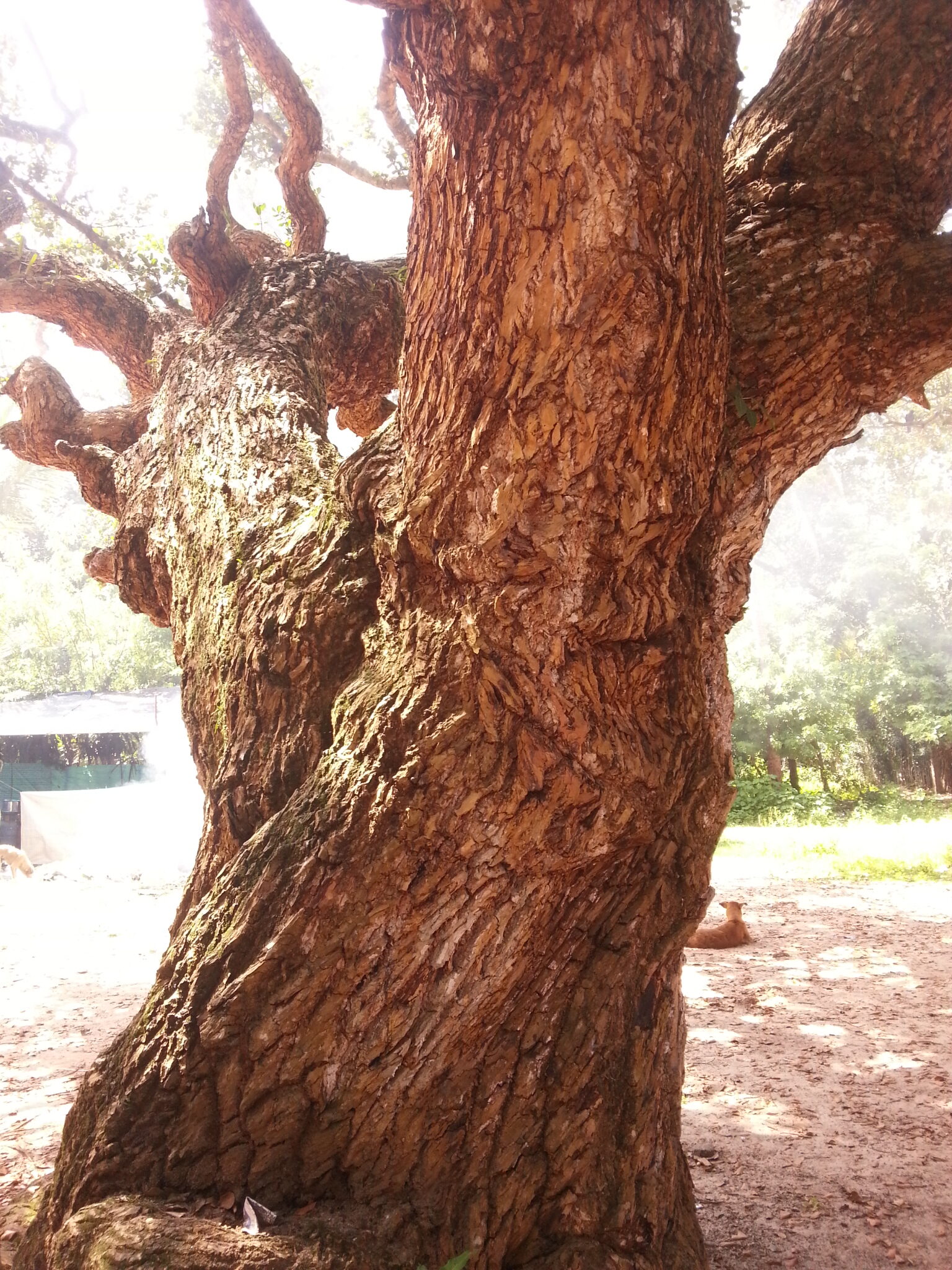முந்தைய பதிவு ஒன்றில் கும்பக ஆசனம் (High Plank Pose) பற்றி பார்த்திருக்கிறோம். இன்றைய ஆசனமான சதுரங்க தண்டாசனத்தின் ஒரு வடிவமே கும்பக ஆசனம். ஆரம்ப நிலை பயிற்சியாளர்கள் கும்பக ஆசனத்தைத் தொடர்ந்து பயின்ற பின் சதுரங்க தண்டாசனத்தைப் பழகலாம். வடமொழியில் ‘சதுர்’ என்றால் ‘நான்கு’, ‘அங்க’ என்றால் ‘உறுப்பு’ என்று பொருள். ‘தண்ட’ என்பதற்குக் ‘கம்பு’ என்பது பொதுவான பொருளாக இருந்தாலும், இங்கு ‘தண்ட’ என்பது முதுகுத்தண்டைக் குறிப்பதாகும். இது ஆங்கிலத்தில் Low Plank Pose என்றும் Four-Limbed Staff Pose என்றும் அழைக்கப்படுகிறது.
சதுரங்க தண்டாசனம் மணிப்பூரக சக்கரத்தைத் தூண்டி அதன் செயல்பாட்டை மேம்படுத்துகிறது. மணிப்பூரகம் பிரபஞ்ச ஆற்றலை ஈர்க்கும் திறன் கொண்டது. இச்சக்கரம் சீராக இயங்கும்போது உடல் மற்றும் மனதில் மறைந்திருக்கும் அளப்பரிய ஆற்றல் வெளிக் கொண்டு வரப்பட்டு, வாழ்க்கையில் எந்த சவாலையும் எதிர்கொள்ளும் வல்லமை வளர்கிறது.
சதுரங்க தண்டாசனத்தின் மேலும் சில பலன்கள்
- முதுகுத்தண்டை நீட்சியடையவும் பலப்படுத்தவும் செய்கிறது
- முதுகுத் தசைகளை உறுதியாக்குகிறது
- முதுகு வலியைப் போக்க உதவுகிறது
- தோள், கை, மணிக்கட்டு பலம் பெறுகிறது
- கழுத்துத் தசைகளை உறுதியாக்குகிறது
- வயிற்று தசைகளை உறுதியாக்குவதோடு வயிற்று உள் உறுப்புகளையும் சீராக இயங்கச் செய்கிறது
- சீரண மண்டல இயக்கத்தை மேம்படுத்துகிறது
- உடலின் சமநிலையைப் பராமரிக்கிறது
- மன அழுத்தத்தைப் போக்குகிறது
செய்முறை
- அதோ முக ஸ்வானாசன நிலைக்கு வரவும்.
- சில நொடிகள் அதே நிலையில் இருந்த பின், மூச்சை உள்ளிழுத்தவாறே மேல் உடலை முன்னால் செலுத்தி கும்பக ஆசனத்துக்கு வரவும். இப்போது உங்கள் மணிக்கட்டு தோள்களுக்கு நேர் கீழாக இருக்கும். தோள்கள் விரிந்து இருக்க வேண்டும்.
- மெதுவாக மூச்சை உள்ளிழுத்தவாறே, உள்ளங்கைகளும் கால் விரல்களும் தரையில் இருக்க, உடலை மெதுவாகத் தரையை நோக்கி தாழ்த்தவும். உங்கள் கை முட்டி மடங்கி உடலுக்கு அருகில் இருக்க வேண்டும்.
- 30 வினாடிகள் இந்த நிலையில் இருந்த பின் மீண்டும் அதோ முக ஸ்வானாசனத்திற்கு வரவும். அல்லது முட்டியை மடக்கி வஜ்ஜிராசனத்தில் அமரலாம்.
குறிப்பு
தரையில் இந்தப் பயிற்சியைச் செய்ய முடியாதவர்கள், சுவற்றின் அருகில் நின்று சுவற்றின் மீது கைகளை வைத்து கை முட்டி மடங்கும் வண்ணம் உடலை சுவற்றின் அருகே கொண்டு சென்று இந்த ஆசனத்தைப் பயிலலாம்.
தீவிர மணிக்கட்டு பிரச்சினை, முதுகுத்தண்டு கோளாறு, கடுமையான மூட்டு வலி உள்ளவர்கள் இந்த ஆசனத்தைத் தவிர்க்கவும்.
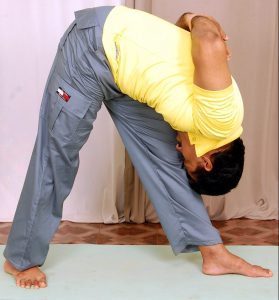
இன்று ஒரு ஆசனம் (60) – பார்சுவோத்தானாசனம் (Intense Side Stretch Pose / Pyramid Pose)
வடமொழியில் ‘பார்சுவ’ என்றால் ‘பக்கவாட்டு’ அல்லது ‘பக்கம்’, ‘உத்’ என்றால் ‘சக்தி வாய்ந்த’ என்றும் ‘தான்’ என்றால் ‘நீட்டுதல்’ என்றும் பொருள். அதாவது, பக்கவாட்டில் நன்றாக உடலை நீட்டுதல் என்பதாகும். இது ஆங்கிலத்தில் Intense
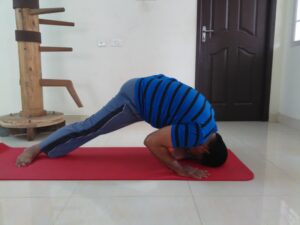
இன்று ஒரு ஆசனம் (58) – வீரியஸ்தம்பன் ஆசனம் (Virya Stambhan Pose)
வடமொழியில் ‘வீரிய’ என்றால் ‘பலம்’ என்று பொருள்; ‘ஸ்தம்பன்’ என்பது முதுகுத்தண்டைக் குறிக்கும். ஆக இது முதுகுத்தண்டைப் பலப்படுத்தும் ஆசனமாகும். ‘வீரிய’ என்ற சொல்லுக்கு ‘விந்தணு’ என்ற பொருளும் உண்டு. வீரியஸ்தம்பன் ஆசனம் பயில்வதால்
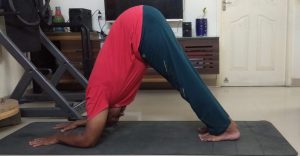
இன்று ஒரு ஆசனம் (57) – அர்த்த பிண்ச மயூராசனம் (Dolphin Pose)
நம் முந்தைய பதிவு ஒன்றில் அதோ முக ஸ்வானாசனம் என்கிற ஆசனத்தைப் பார்த்திருக்கிறோம். அந்த ஆசனத்தின் ஒரு வகையாக அர்த்த பிண்ச மயூராசனத்தைக் கூறலாம். வடமொழியில் ‘அர்த்த’ என்றால் ‘பாதி’, ‘பிண்ச’ என்றால் ‘இறகு’,


